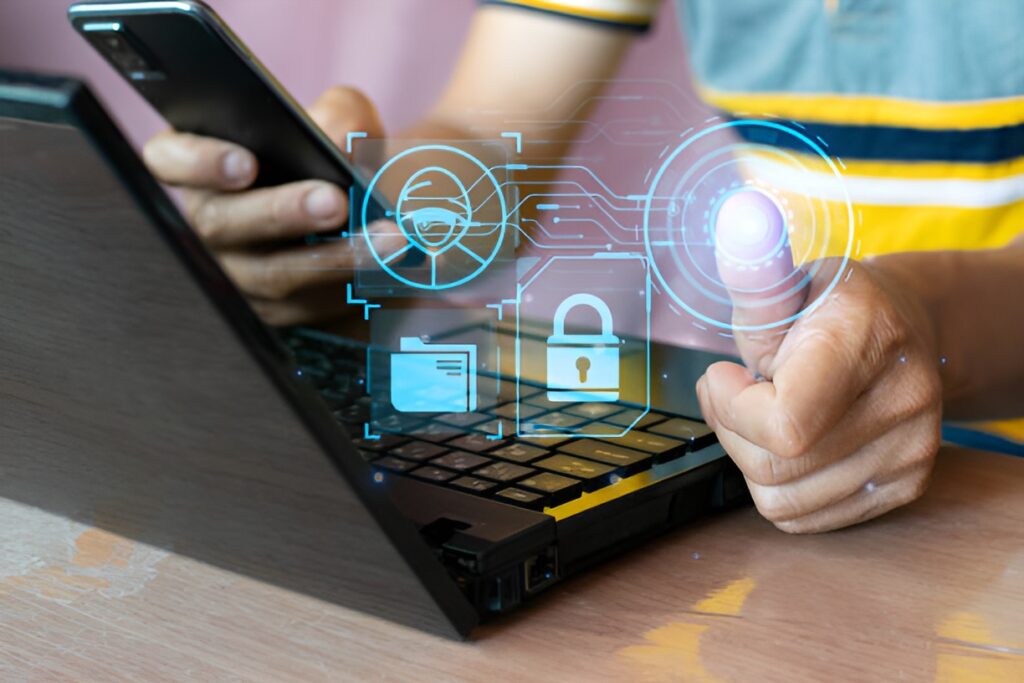In a rapidly advancing digital era, transactions occur with the speed of light, and information transfers within seconds worldwide. Every business is on board; technology has replaced most of the traditional methods. Now, the work of hours has been moved to seconds thus, technical advancement has made manual work outdated. In this age of miracles, electronic identity verification has worked as the backbone of trustworthy and secure digital platforms. The eidv is an advanced computerized system that is used for individual identity verification to mitigate security risks.
How has the eID revolutionized the Digital World?
In this time of revolution, there is a need for electronic verification. An e-identity is more secure than paper-based identity documents, it provides more data security as it has embedded microchips and photographs as well. Electronic identity cards are somehow similar to regular bank cards in size. One of the most efficient features of electronic ID is a digital signature, which mitigates the risk of forgery and duplication. The other unique aspect of e-identity is that it allows its users to authenticate themselves in the virtual world.
Many developed countries such as Russia, Malaysia, Brazil, France, Greece, Indonesia, and Poland have been concerned about the replacement of conventional identity cards with electronic identity cards.
How does EIDV Service Help in Security?
Every business is required to follow KYC (Know Your Customer) to eliminate financial crimes such as fraud, scams, identity theft, terrorist financing, and money laundering. It is very important to verify each individual to make sure that he or she is not involved in any criminal activity. To know the clients’ authenticity, the electronic ID verification process has worked efficiently as it scans and analyses thousands of data points to determine the client’s authentic information. It allows only legitimate customers to be on board.
The e-identity services have also helped customers as they don’t need a manual verification process. Manual processing is time-intensive and a bit hectic as sometimes customers have to stand in a queue to be verified. With the help of e-IDV, clients can certify them even by sitting at their homes and using their eIDs. Hence, eidv maintains regular compliance as well.
Methods Being Used for Electronic Identity Verification
Several methods are used for user e-identity authentication. Following are some of the most commonly used methods for electronic identity verification.
Two Factor Authentication
It refers to dual-factor authentication as two basic steps used to verify a person’s identity.
- First of all, personal credentials are used to log in to a website.
- 2nd step is required to add an extra layer to have security from crackers who can hack an account. It may involve the verification of email or phone numbers. In email verification, a person has to log in via email and get verified.
In phone verification, a person has to add a phone number and get verified by the matching code(OTP)one-time passcode.
Biometric Verification
A person’s unique biological features are used to carry out the biometric method. This may involve a person’s fingerprints and prints of the retina, iris, or voice. These features are firstly captured and stored in the database, and then they are used for verification for the next time. For example, on smartphones, initially, the fingerprint is matched and stirred, and then it is used to unlock the phone at any time. No other person can unlock a phone with a different fingerprint, which is not stored in the database.
ID Document Verification
ID documents such as passports, driver’s licenses, and educational certificates are used to identify legitimacy. These documents are used to access users’ authentic information to meet security compliances. AI algorithms work to analyze the authenticity of documents to access a fair client. This e-check verification process filters the authentic employees in the initial stage thus, it saves time in further processing a person with a fake document.
Liveness Detection
It is most commonly used nowadays for security purposes and to access authenticity. In this method, a person may carry their smartphone in front of them and execute some movements like shaking or tilting their head.
Some other modes of liveness detection include examining selfies or images of documents to determine whether they are legal or not.
Final Words
Electronic identity verification has revolutionized the digital world as it provides an advanced level of AI-based security. This Eid check verification service has played a vital role in shaping the future of digital identity assurance. It ensures trust and confidence among clients and organizations. Electronic identity verification is safeguarding identities and securing transactions in every sector. Various methods can used for electronic identity verification, like biometrics, document verification, and liveness detection. Eidv service providers are very helpful in this regard as they provide high-level security to every business and company.
